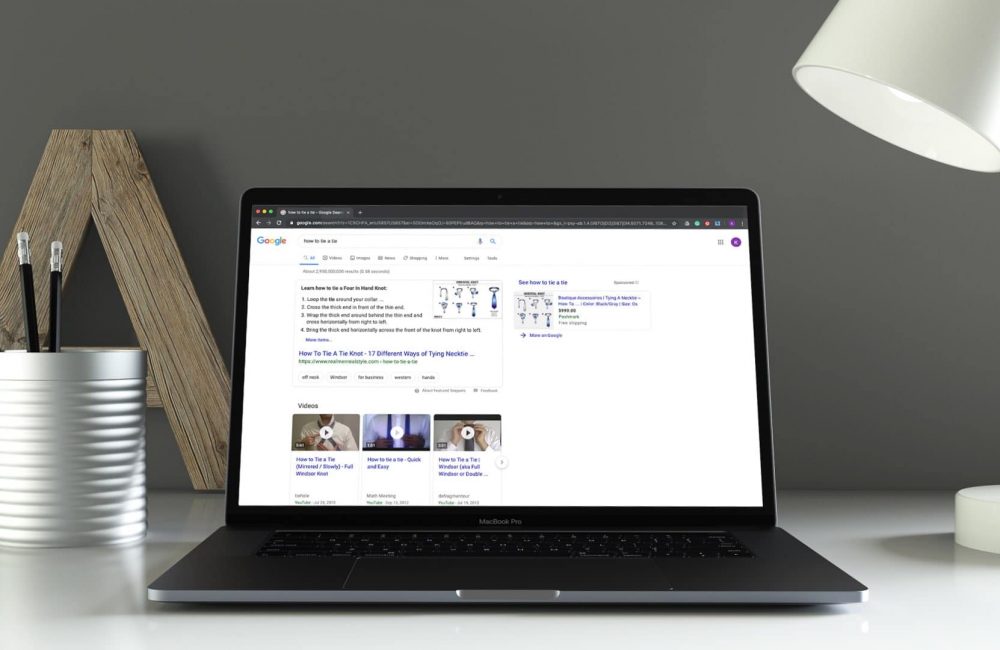Introduction
The user’s search experience is continually evolving to maximize convenience. When people search on Google, they are expecting immediate results. To better serve the user, Google has added featured snippet results. Featured snippets are search results that appear in spot zero. They have a box surrounding them and include a summarization of information. Ever since their introduction in 2014 featured snippets have changed the look of Google’s Search Engine Results Page (SERP). No longer do users only see the classic blue link search results. Often called “Organic Results”. The search engine now presents users with more easily-digestible answers packaged in a neat box. The featured snippet box is normally placed above the regular organic results. This location is one of the most prominent results on a SERP.
What are Google Featured Snippets?
Featured snippets are concise answers to Google searches. Instead of sponsored or paid ads, Google optimizes these listings and prioritizes them in results. These results are Google’s estimation of the best answer to the user’s question. Generally, snippets appear for how-to, comparison, recipe, best, and definition searches. Featured snippets often appear as a paragraph or a bulleted list, accompanied by an image.
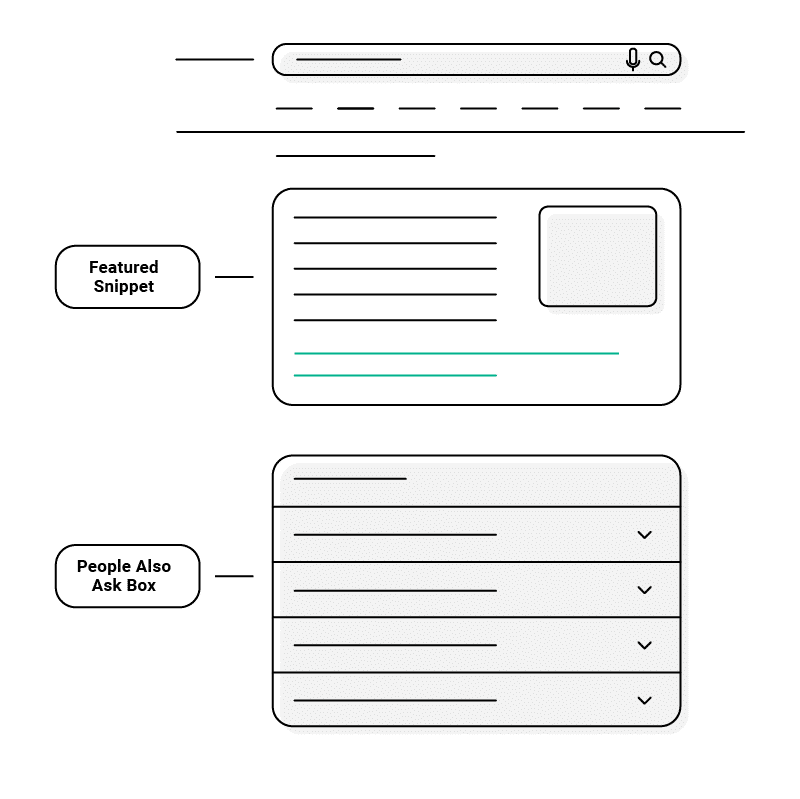
To add to the user’s convenience, Google has also recently added PAAs. PAAs or “People also ask” boxes show answers to related questions. A PAA can include follow up questions. For example, when someone searches “who is Elon Musk?” a PAA would be “what is Elon Musk’s net worth?”. Over 30% of all keywords include a featured snippet and a PAA. Both the featured snippet and PAA boxes are great opportunities to gain more website traffic.
Types of Features Snippets
There are three main types of featured snippets, paragraph, list, and table. Depending on the nature of the search, any one of these formats will appear in the search results.
Paragraphs
A paragraph snippet is a summarized answer in a block of text where the answer is bolded and features a picture. Many voice-searches are answered in the paragraph format, which makes paragraphs the most common snippet.
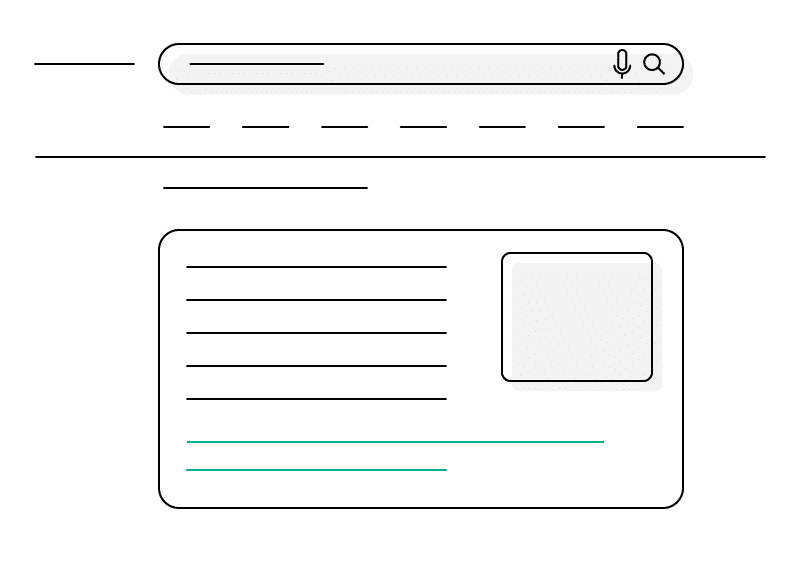
Lists
List snippets are the second most common snippet. These snippets are formatted in an order list, bullet points, or numbered steps. Many times these snippets include instructional pictures or video links. When people ask for instructions, rankings, or a recipe, their top answer will be in the list format.
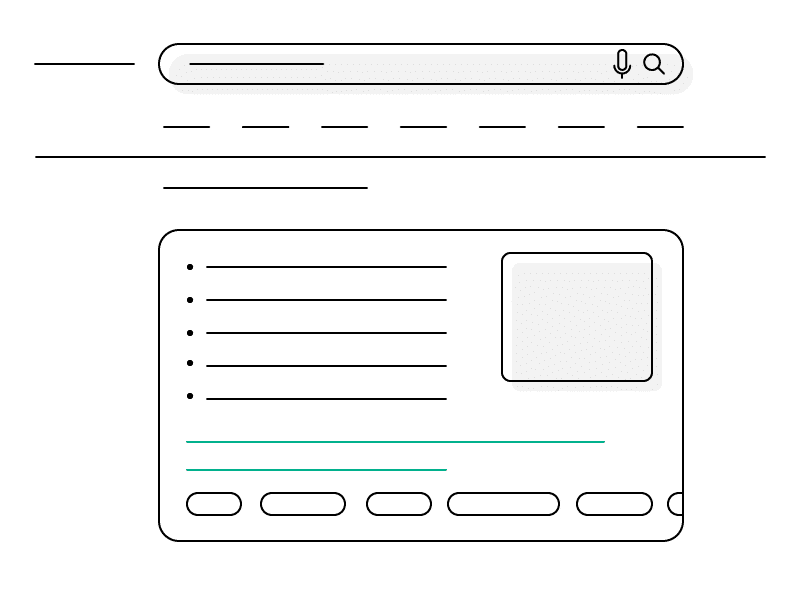
Table
The table snippets are the least common snippet. Since they are not optimal for voice-searching, Google is slowly limiting the number of table results. Table snippets will appear when a person searches for comparisons or statistics. This answer will be laid out in a table created by Google. Since Google is pulling information that it thinks answers the question, some tables are laid out incorrectly. This causes user frustration and is one reason why tables are being cycled out.
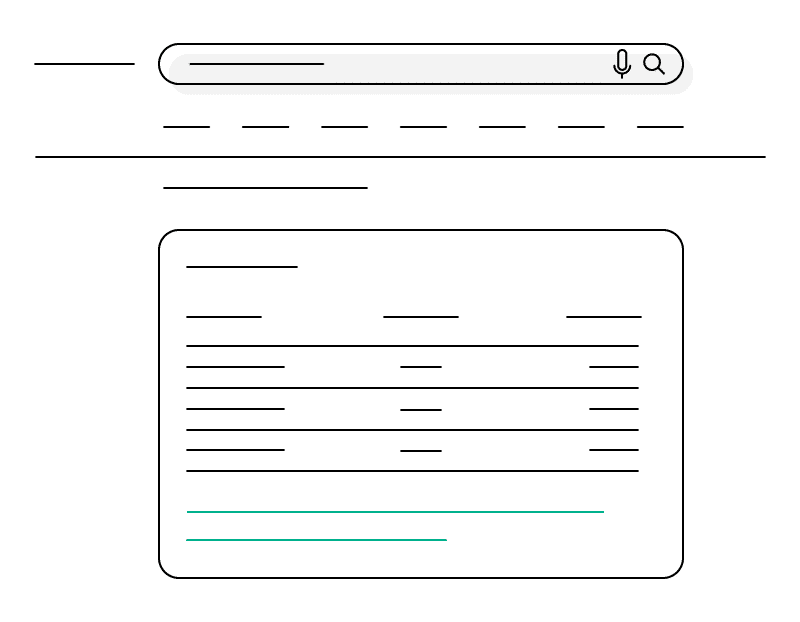
Why Rank for Google Featured Snippets?
Being featured in a snippet is a great way to stimulate organic website traffic. Through snippets, your content will get the attention of people searching for a quick answer. Many of these searches will be done through voice-searching. By 2020 it is estimated that 50% of searches will be verbal. Optimizing your content for voice-search will keep you on top of technological trends. Once you win a snippet spot you keep it (so long as you continue to optimize your content). Snippet volatility is and will change over time. Some categories are more volatile than others. But the sooner you start working to establish snippet rankings, the better your chance of getting and holding those positions. Now is the best time to get ahead of the curve and rank for a featured snippet.
How to Master Google Featured Snippets
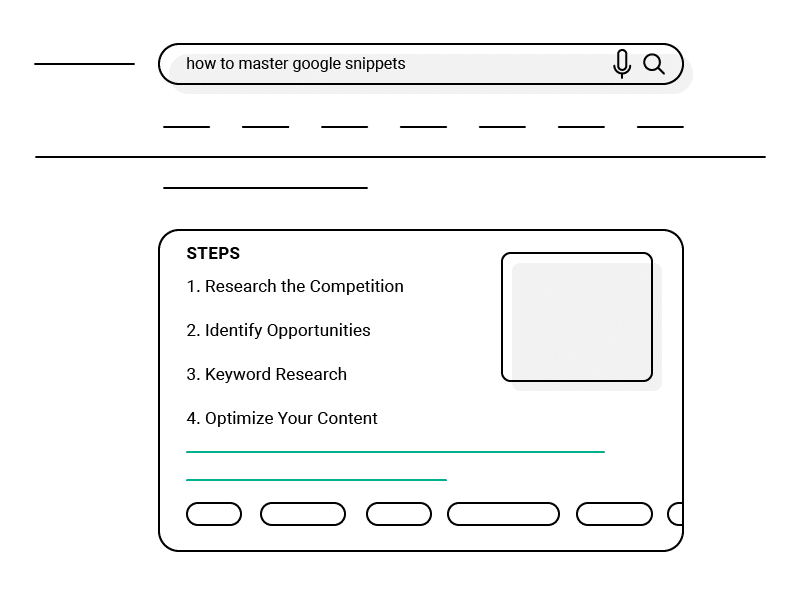
Step 1: Research the Competition
Look into how your competitors stack up when it comes to featured snippets. Resources like SEMrush are great for researching the competition for snippets. You can look at who currently ranks for snippets that might be beneficial for you. Then you’ll want to research the keywords that rigger these snippets.
Step 2: Identify Opportunities
Now that you know where your competitors are featured, find snippets that are volatile. These snippets change hands often, so they are easy to win and keep so long as your content is optimized correctly. Find relevant questions you can answer with your content. Once you have a foundational list of snippet opportunities, look into the PAAs for each of them. Having both the featured snippet and the PAAs will give you the top two spots on a search page.
Step 3: Keyword Research
Use a keyword finder to identify the keywords to use in the snippets you want to win. Integrating the right keywords will rocket your content into the featured snippet spot. Research both the main snippet keywords and the PAA keywords to create a list of buzzwords. Then you can integrate those words into your content.
Step 4: Optimize Your Content
When creating your featured snippet content, it is important to think about the searcher’s intent. Consider the purpose behind the user’s question and building your content accordingly.
The inverted pyramid method is a great way to optimize your content for the user. Start with the main point or takeaway of the answer then put in important details below. When the results pop up, the user can get the key takeaway within the first sentence then read further for more details.
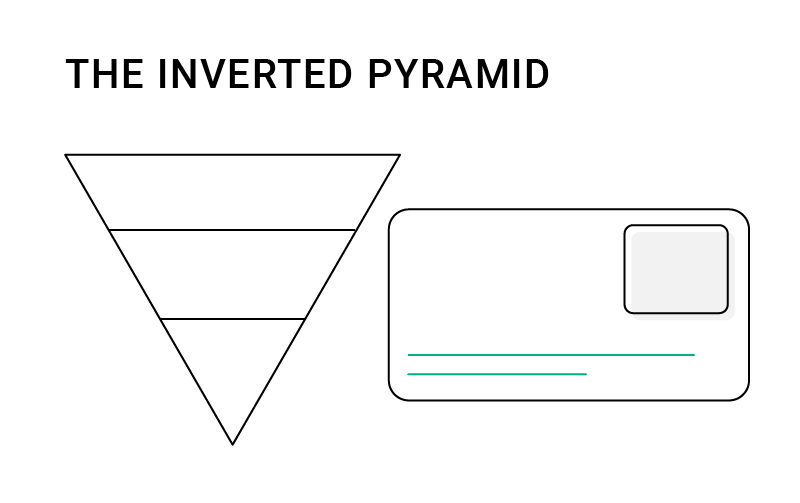
Create your content surrounding a question and the format in which it will appear. “Does” and “cost” questions are answered in a paragraph format, “how” and “best” questions are answered in lists, and “rates” and “abbreviations” are in table format.
Tips & Tricks
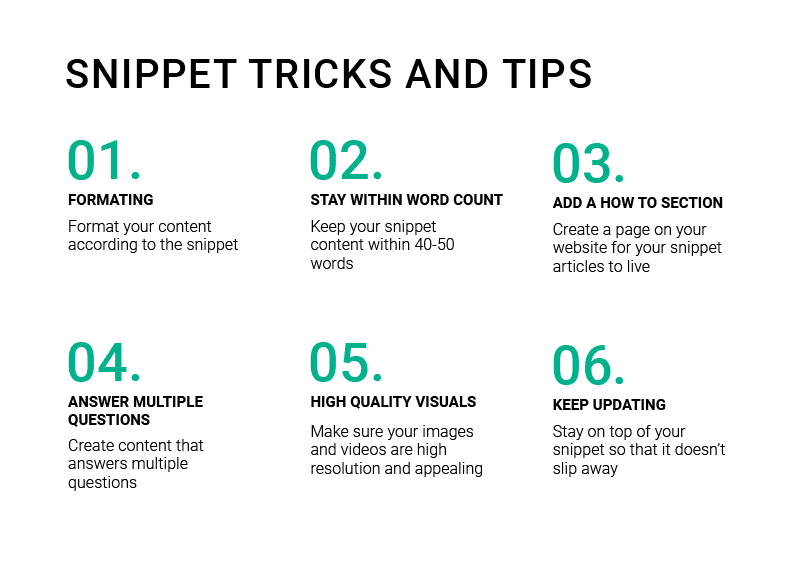
#1: Formating
When creating content to be featured, Google needs to be able to classify the content. Create your content to fulfill the formatting needs of the type of snippet. For paragraphs, make sure there is a summarized answer within the article. For lists, layout your content in an ordered or unordered list. With these types of snippets, the header format is key. Organize your answers with headers. Google will read the heading tags and separate the information accordingly. For example, put each “step” as an H2 if your heading is H1.
#2: Stay within the word count
The goal of snippets is to provide the user with a concise answer to their questions. To best serve the user keep your answers concise. The ideal word count is anywhere between 40-50 words.
#3: Add a how-to section to your website
Unsure of how to organize your snippet content? Create a how-to section on your website. You could also achieve similar results with a Q & A or FAQ section. When a user clicks through to your website, they will have easy access to related content on your how-to section.
#4: Answer multiple questions
Check off multiple snippets by creating content that answers multiple questions. This answers related questions in one article and prevents you from having to write a bunch of different articles.
#5: Have high-quality videos and images
People are drawn to high-quality images and video marketing. Not only are they appealing to the eye, but they also add to the credibility of the information you are providing.
#6: Stay up to date
Make sure that you check in on your snippet status. Continually optimize your content for the answers that users need.
Conclusion
Staying ahead of Google’s changes can be a challenge. In other words, it seems like things are always changes and it’s hard to find the sweet spot. Featured snippets, for the time being, are on the rise. Their optimization for voice searching will make them more and more prevalent as time goes on. Leveraging featured snippets is a great way to gain more website traffic without investing any money. Outranking your competitors on both featured snippets and PAAs gives you the upper hand in gaining customer attention.
Sources
https://neilpatel.com/blog/rank-google-featured-snippets/
https://www.searchenginejournal.com/seo-zero-click-searches/286401
https://www.distilled.net/resources/featured-snippets-tips-and-tricks-on-reaching-the-top/
https://moz.com/blog/optimize-featured-snippets
https://www.semrush.com/blog/large-scale-study-how-to-rank-for-featured-snippets-in-2018/
https://mangools.com//bloggoogle-featured-snippets-guide/
https://www.searchenginejournal.com/how-to-rank-for-featured-snippets/207098/
https://optinmonster.com/optimize-content-for-featured-snippets/
